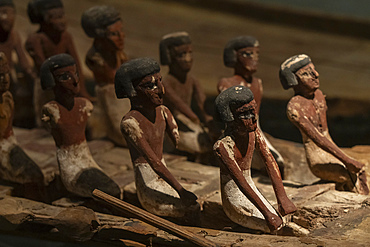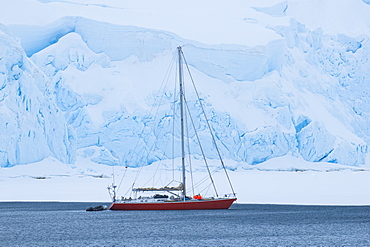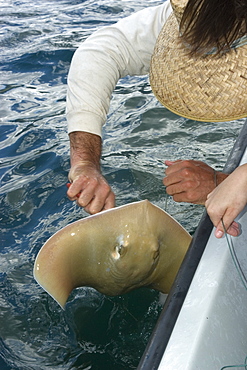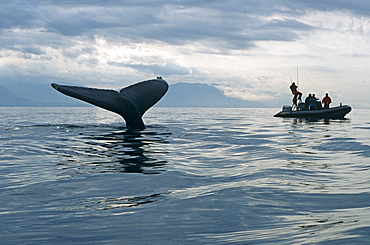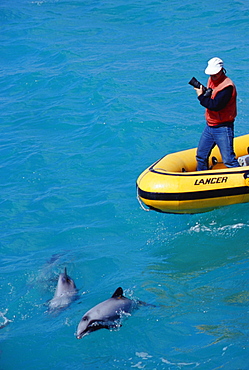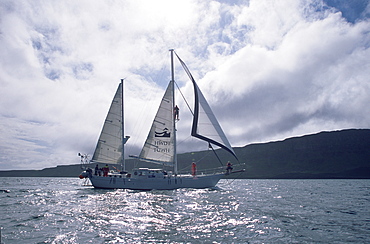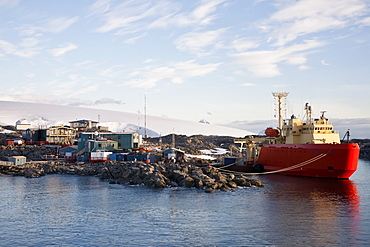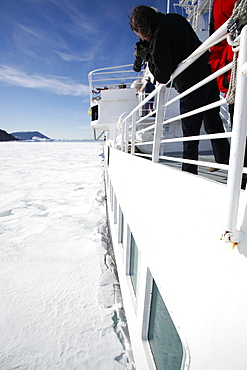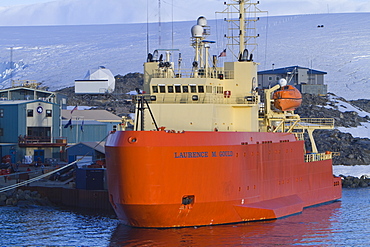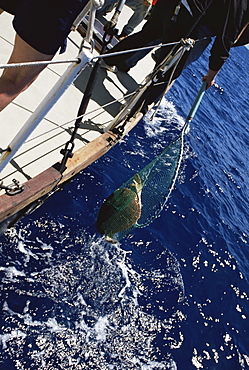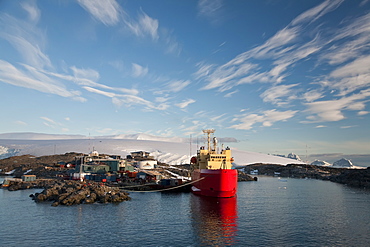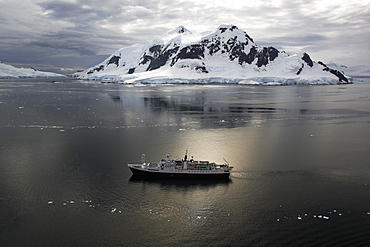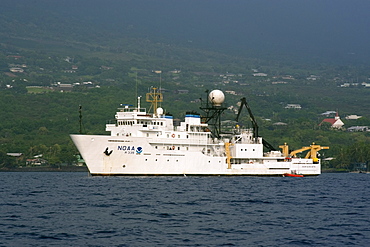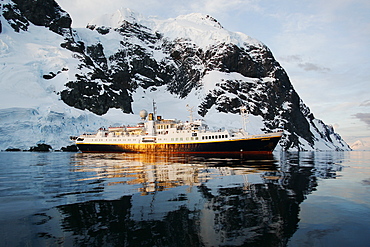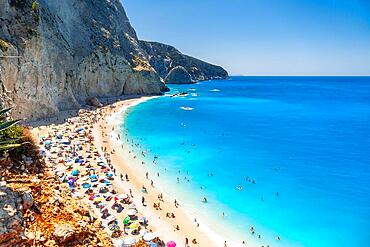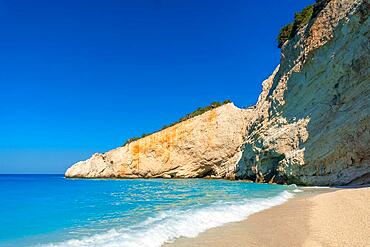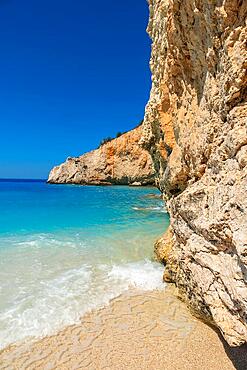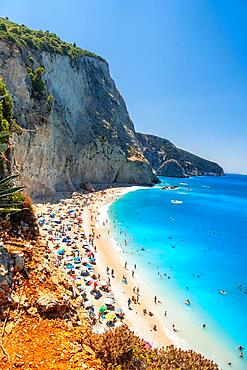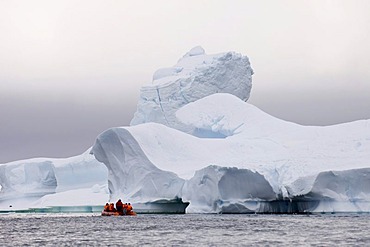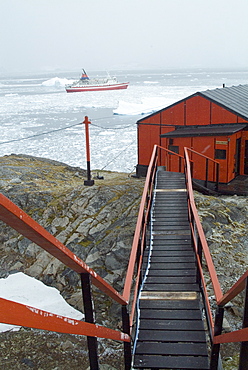Results
23 results found
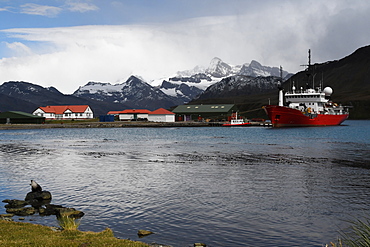
King Edward Point research station with fisheries patrol boat Pharos alongside at the jetty, South Georgia, Polar Regions
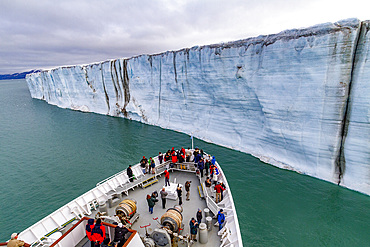
The Lindblad Expedition ship National Geographic Explorer near a glacier in the Svalbard Archipelago, Norway, Arctic, Europe
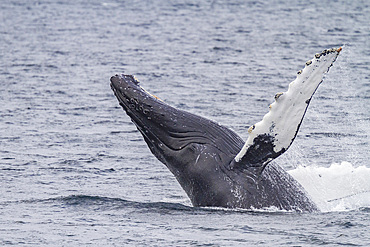
Adult humpback whale (Megaptera novaeangliae) breaching along the west side of Chatham Strait in Alaska, United States of America
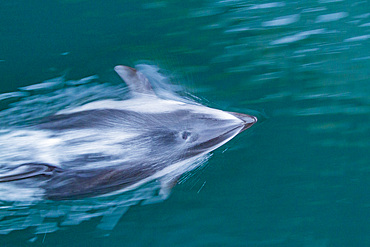
An adult Pacific white-sided dolphin (Lagenorhynchus obliquidens) bow-riding in Johnstone Strait, British Columbia, Canada
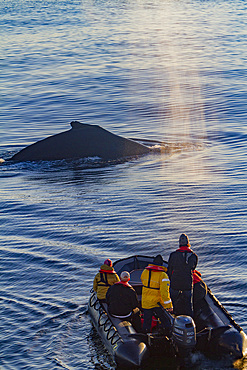
Adult humpback whale (Megaptera novaeangliae), surfacing near researchers in Zodiac at sunset, Iceland
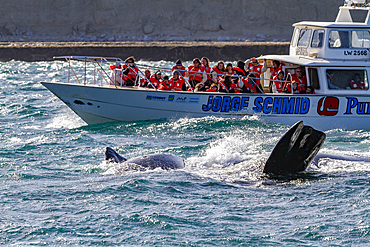
Southern right whale (Eubalaena australis) mother and calf near whale watching boat in Puerto Pyramides, Argentina, South America
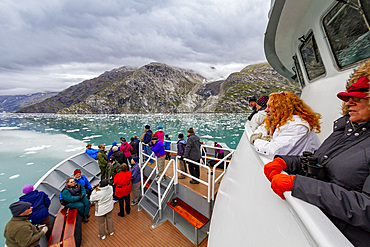
The Lindblad Expeditions ship National Geographic Sea Bird operating in Glacier Bay National Park, UNESCO World Heritage Site, Southeast Alaska, United States of America, North America
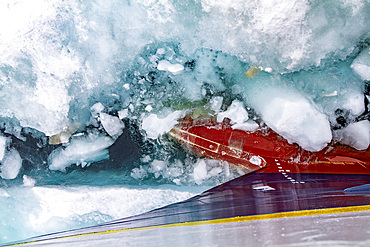
The Lindblad Expedition ship National Geographic Explorer pushing through ice in the Svalbard Archipelago, Norway, Arctic, Europe

Bas Relief of Boat, Tomb of Seti I, KV17, Valley of the Kings, Ancient Thebes, UNESCO World Heritage Site, Luxor, Egypt, North Africa, Africa
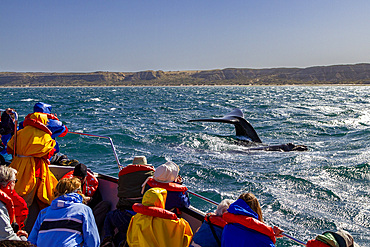
Southern right whale (Eubalaena australis) flukes-up dive near whale watching boat in Puerto Pyramides, Argentina, South America
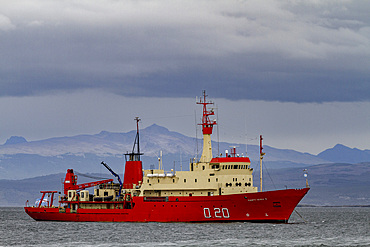
Argentine ship the Puerto Deseado operating from Ushuaia, Argentina to the Antarctic Peninsula in Antarctica, Southern Ocean, Polar Regions
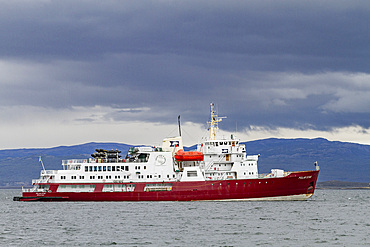
Expedition ship Polar Star operating from Ushuaia, Argentina to the Antarctic Peninsula in Antarctica, Southern Ocean, Polar Regions
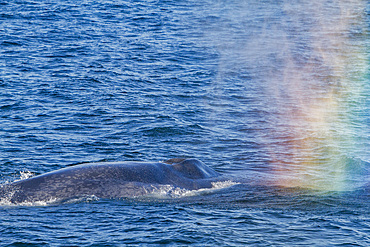
A rare sighting of an adult blue whale (Balaenoptera musculus) sub-surface feeding in the Svalbard Archipelago, Norway
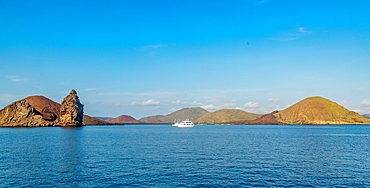
Pinnacle Rock on Bartolome Island in the Galapagos Islands, UNESCO World Heritage Site, Ecuador, South America

Adult humpback whale (Megaptera novaeangliae) flukes-up dive in Inian Pass, Southeast Alaska, Pacific Ocean, United States of America, North America
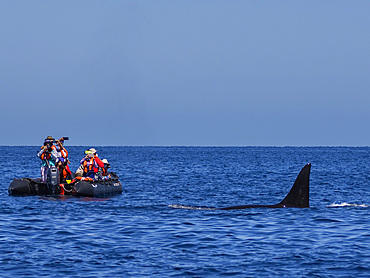
Killer whale pod (Orcinus orca), beside tourists in inflatables off Punta Colorada, Isla San Jose, Baja California Sur, Mexico, North America

The boat house at the Argentine Research Station Base Brown, Paradise Bay, Antarctica, Polar Regions
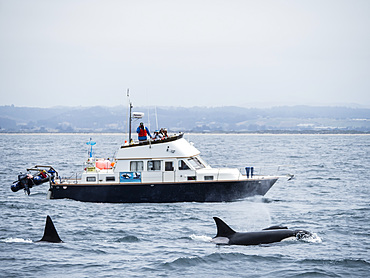
Adult killer whales (Orcinus orca) near research boat in the Monterey Bay National Marine Sanctuary, California, United States of America, North America
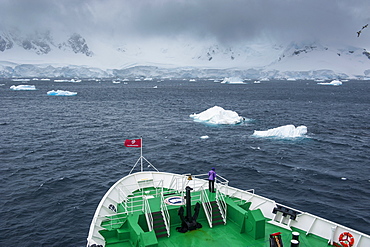
Dark clouds over the mountains and glaciers of Port Lockroy research station, Antarctica, Polar Regions
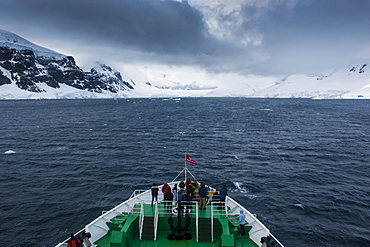
Dark clouds over the mountains and glaciers of Port Lockroy research station, Antarctica, Polar Regions
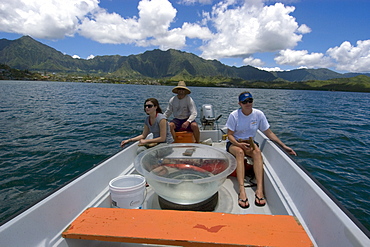
Scientists and graduate student collecting hammerhead shark pups for research, Hawaii Institute of Marine Biology, Kaneohe, Oahu, Hawaii, United States of America, Pacific
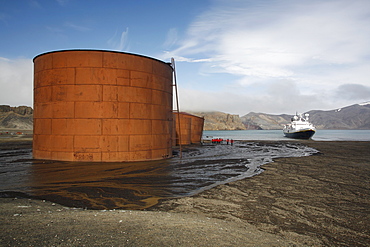
The National Geographic Endeavour anchored at the old Norwegian whaling station at Whaler's Cove, Deception Island

Turtle researchers from the NGO Pro Caguama study and capture the critically endangered Loggerhead Turtle (Caretta caretta) from the town of Puerto Lopez Mateos
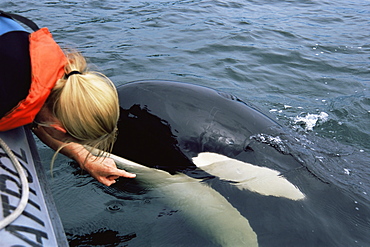
orca/ killer whale (Orcinus orca) 'Luna' (L98), 5-year old lone male interacting with Ingrid Visser (photo by T. Hardie) in Nootka Sound, West Vancouver Island, Canada, North Pacific.
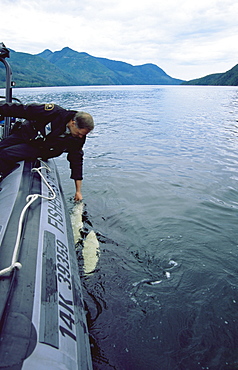
orca/ killer whale (Orcinus orca) 'Luna' (L98), 5-year old lone male interacting with Ed Thornburn in Nootka Sound, West Vancouver Island, Canada, North Pacific.

orca/ killer whale (Orcinus orca) 'Luna' (L98), 5-year old lone male interacting with people's feet in Nootka Sound, West Vancouver Island, Canada, North Pacific.
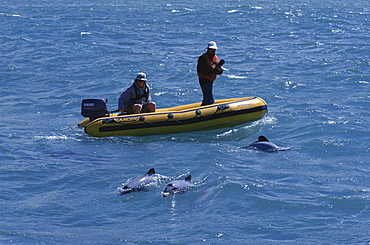
New Zealand Whale and Dolphin Trust working with Hectors dolphins (Cephalorhynchus hectori) Akaroa, South Island: New Zealand.
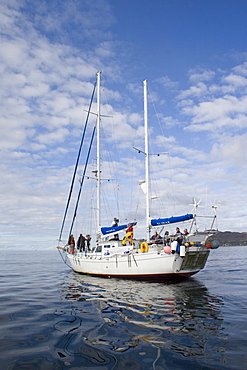
Research boat. "Silurian" is the research boat of the Hebridean Whale and Dolphin Trust, based in Tobermory, Isle of Mull. Hebrides, Scotland
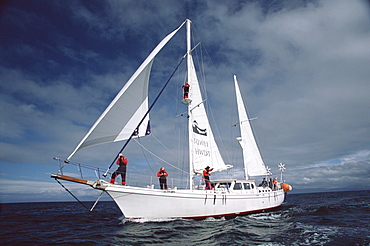
Research vessel, Silurian, under sail with observers on the deck and up the mast. Hebrides, Scotland
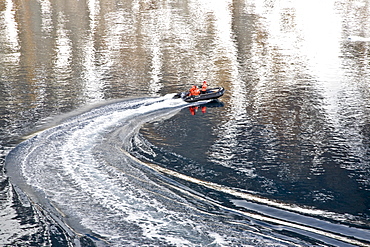
Natural history staff from the Lindblad Expedition ship National Geographic Endeavour in LeMaire Channel on the western side of the Antarctic Peninsula
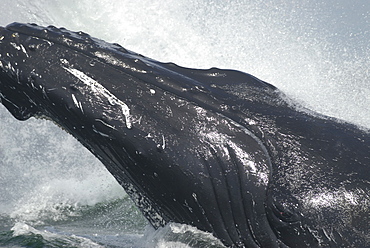
The Humpback whale (Megaptera novaeangliae) named Tic-Tac-Toe leaps out of the water right beside the research boat taking a close look at the photographer. St. Lawrence estuary, Canada

Research boat. "Forever Changes" is the research boat of the Wildlife Trusts, engaged here in basking shark work. Hebrides, Scotland
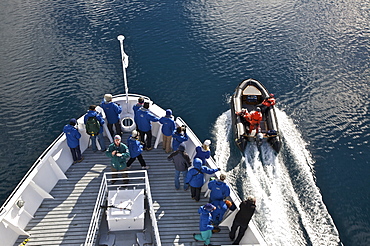
Natural history staff from the Lindblad Expedition ship National Geographic Endeavour in LeMaire Channel on the western side of the Antarctic Peninsula
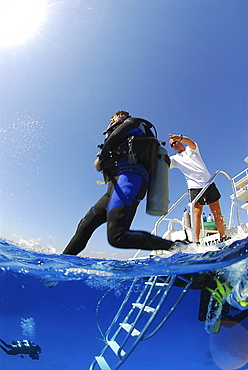
Cayman Islands Technical Diver entering water with assistance, Divetech, Grand Cayman Island, Cayman Islands, Caribbean
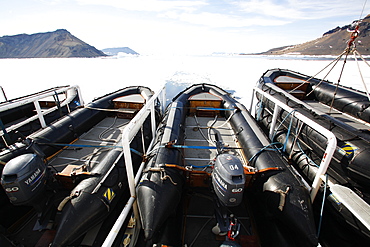
The National Geographic Endeavour and its inflatable Zodiacs breaking through fast ice in and around the Antarctic Peninsula.
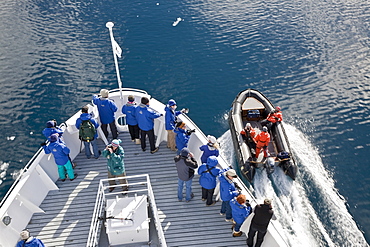
Natural history staff from the Lindblad Expedition ship National Geographic Endeavour in LeMaire Channel on the western side of the Antarctic Peninsula
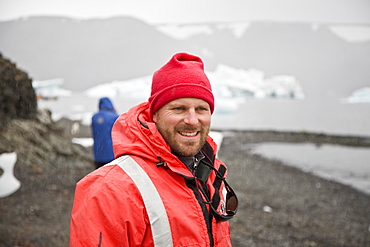
Natural history staff from the Lindblad Expedition ship National Geographic Endeavour doing various things in and around the Antarctic Peninsula
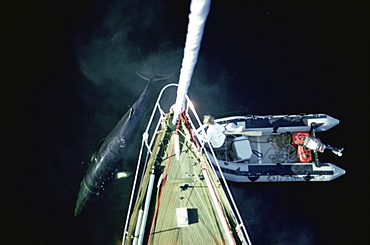
Aerial shot of the research yacht, The Song of the Whale, being investigated by a Minke whale (Balaenoptera acutorostrata), while one of the crew tries to get a closer look fro

Lindblad Expeditions ship the National Geographic Polaris in the waters surrounding the Galapagos Island Archipelago, Ecuador
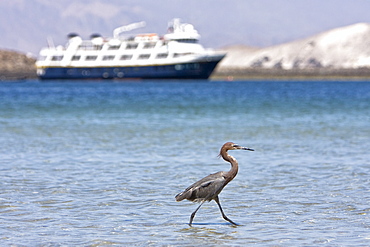
Adult reddish egret (Egretta rufescens) hunting for small fish in the shallow waters of Puerto Don Juan in the upper Gulf of California (Sea of Cortez), Baja California Norte, Mexcio.
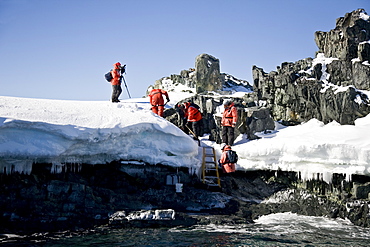
Natural history staff from the Lindblad Expedition ship National Geographic Endeavour doing various things in and around the Antarctic Peninsula
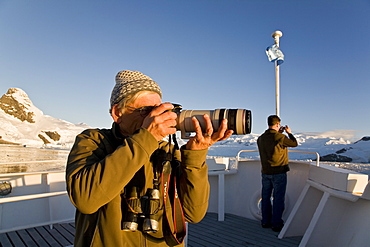
Natural history staff from the Lindblad Expedition ship National Geographic Endeavour doing various things in and around the Antarctic Peninsula
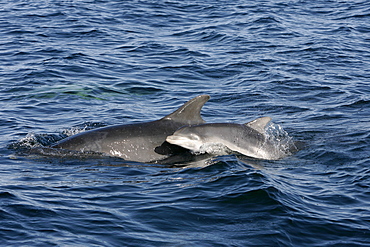
A neonate (newborn) bottle nose calf surfaces beside a research boat next to its mother, Moray Firth, Scotland.
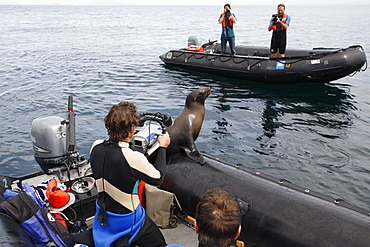
Young California Sea Lion (Zalophus californianus) hauled out on a Zodiac surrounded by snorkelers in the Gulf of California (Sea of Cortez), Mexico.
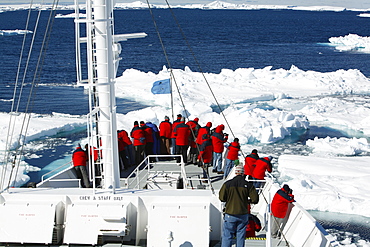
The National Geographic Endeavour breaking through ice floes in the Weddell Sea around the Antarctic Peninsula. Guests are on the bow watching the process.
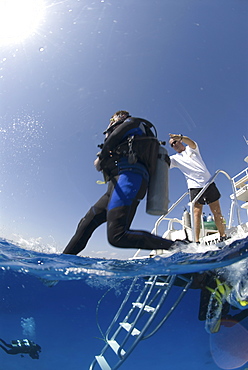
Technical Divers using Trimix, entering water from dive boat, Divetech, Grand Cayman, Cayman Islands, Caribbean
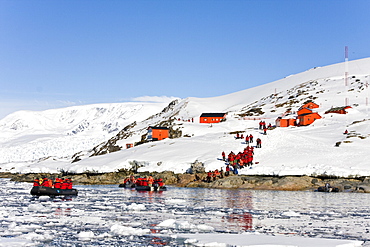
Lindblad Expeditions guests visiting the Argentine research station Almirante Brown in Paradise Bay in Antarctica as part of expedition travel. NO MODEL RELEASES FOR THIS IMAGE.

Lindblad Expeditions ship the National Geographic Polaris in the waters surrounding the Galapagos Island Archipelago, Ecuador
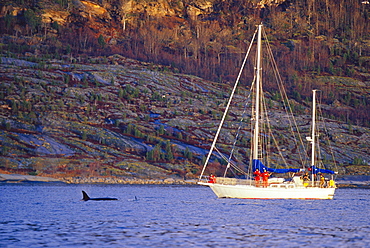
Research yacht monitoring Killer whale (Orcinus orca) activity during the winter months in the fjords of northern Norway. Tysjford, Norway.

The commercial whale watching vessel "Orca Odyssey", based in Juneau, Southeast Alaska, USA. In the summer of 2006 this vessel struck a humpback whale while on a commercial whale watch.

Natural history staff from the Lindblad Expedition ship National Geographic Endeavour doing various things in and around the Antarctic Peninsula
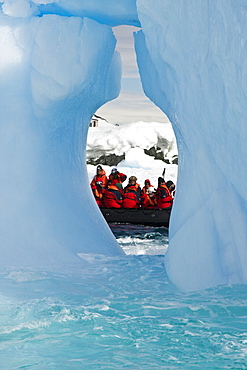
Zodiac and iceberg detail in and around the abandoned British research base "W" in Crystal Sound near the Antarctic Peninsula
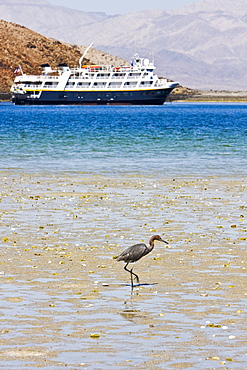
Adult reddish egret (Egretta rufescens) hunting for small fish in the shallow waters of Puerto Don Juan in the upper Gulf of California (Sea of Cortez), Baja California Norte, Mexcio
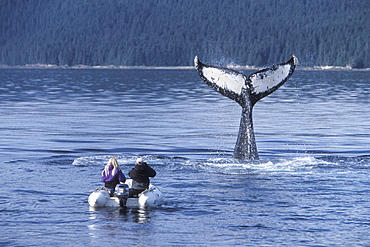
Humpback Whale (Megaptera novaeangliae) tail-slapping near researchers in Chatham Strait, Southeast Alaska, USA.
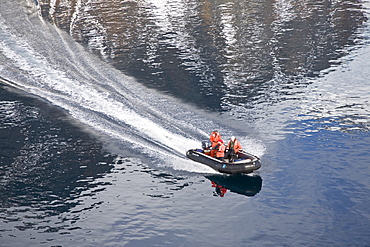
Natural history staff from the Lindblad Expedition ship National Geographic Endeavour in LeMaire Channel on the western side of the Antarctic Peninsula

The Lindblad Expeditions ship National Geographic Sea Lion operating kayaks in Southeast Alaska, USA. Pacific Ocean.
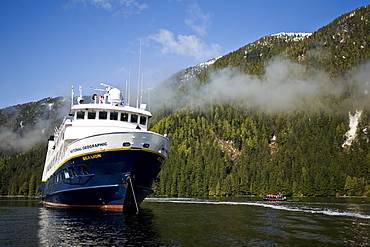
The Lindblad Expeditions ship National Geographic Sea Lion operating in Southeast Alaska, USA. Pacific Ocean.
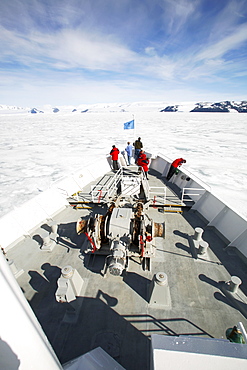
The National Geographic Endeavour breaking through fast ice in the Weddell Sea around the Antarctic Peninsula. Guests are on the bow watching the process.
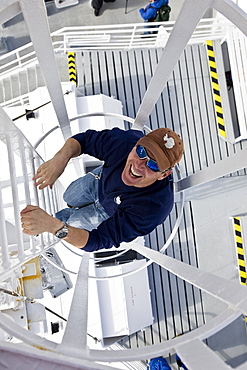
Natural history staff from the Lindblad Expedition ship National Geographic Endeavour doing various things in and around the Antarctic Peninsula
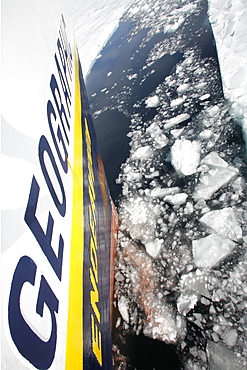
The National Geographic Endeavour breaking through new fast ice around the Antarctic Peninsula. Note the orange hull paint left on the ice where the bow has pushed through.

Lindblad Expeditions ship the National Geographic Polaris in the waters surrounding the Galapagos Island Archipelago, Ecuador

Expedition Boat navigating through melting pack ice, Arctic Ocean, 81° North and 26° East, Svalbard Archipelago, Norway, Europe
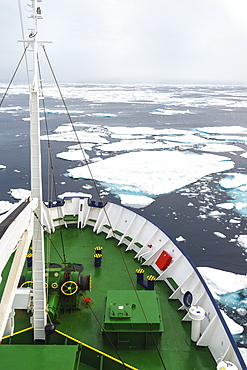
Expedition Boat navigating through melting pack ice, Arctic Ocean, 81° North and 26° East, Svalbard Archipelago, Norway, Europe
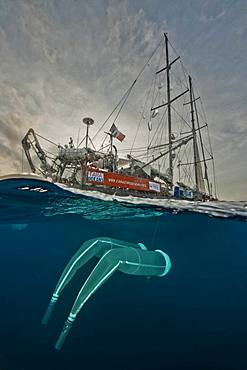
Tara Oceans Expeditions - May 2011. Tara with deployed plancton nets. On "station", the boat is drifting without engine or sails. Tara Oceans, a unique expedition: Tara Oceans is the very first attempt to make a global study of marine plankton, a form of sea life that includes organisms as small as viruses and bacterias, and as big as medusas. Our goal is to better understand planktonic ecosystems by exploring the countless species, learning about interactions among them and with their environment. Marine plankton is the only ecosystem that is almost continuous over the surface of the Earth. Studying plankton is like taking the pulse of our planet. Recently, scientists have discovered the great importance of plankton for the climate: populations of plankton are affected very rapidly by variations in climate. But in turn they can influence the climate by modifying the absorption of carbon. In a context of rapid physico-chemical changes, for example the acidification observed today in the world's oceans, it is urgent to understand and predict the evolution of these particular ecosystems. Finally, plankton is an astonishing way of going back in time ? a prime source of fossils. Over the eons, plankton has created several hundred meters of sediment on the ocean floors. This allows us to go back in time, to the first oceans on Earth, and better understand the history of our biosphere. More than 12 fields of research are involved in the project, which will bring together an international team of oceanographers, ecologists, biologists, geneticists, and physicists from prestigious laboratories headed by Eric Karsenti of the European Molecular Biology Laboratory. Galapagos
